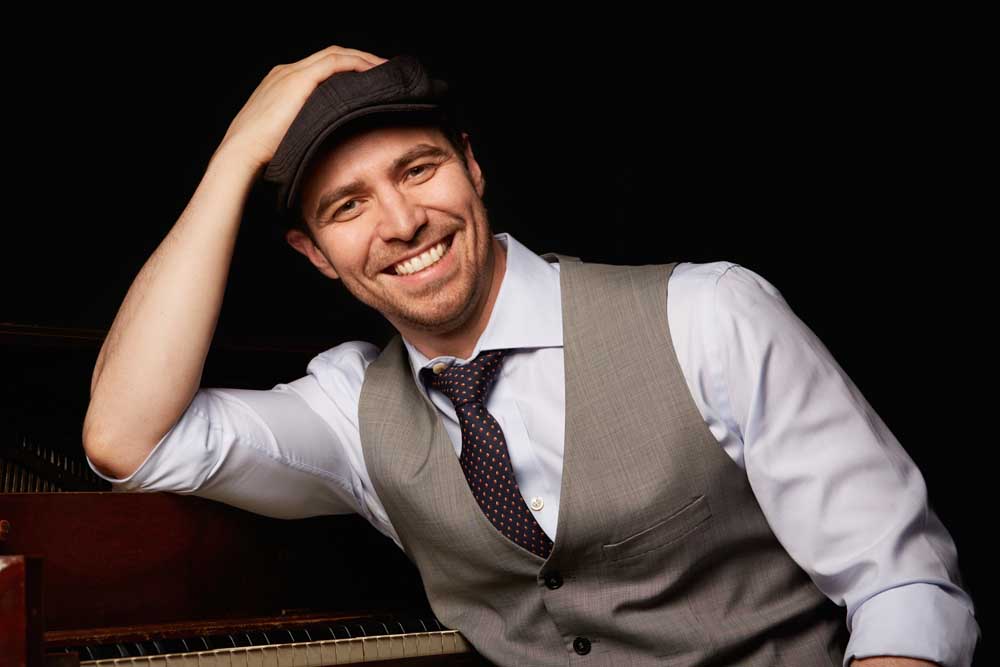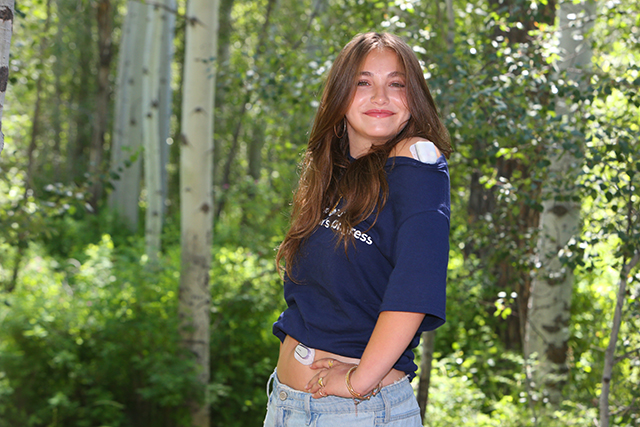Pianists celebrate cross-sections of genres at Tower
Published 12:00 am Thursday, April 12, 2018

- Arthur Migliazza (Submitted photo)
Tanya Gabrielian isn’t sure what to expect when she performs at the Sunriver Music Festival’s Piano Showcase this weekend.
The two-day event, which returns Friday and Saturday at the Tower Theatre after debuting last year, will focus on the cross-section of three genres on the instrument — classical, jazz and blues (hence the subtitle in the event’s name, From Bach to Boogie to Jazz) — through two concerts and workshops throughout the day Saturday.
Trending
New York City’s Gabrielian will represent the classical; Portland’s Randy Porter will demonstrate jazz improvisation and structure, and New York City’s Arthur Migliazza will hold down blues and boogie-woogie grooves.
Friday’s concert will feature the pianists performing separately, while Saturday will be dedicated to collaborations. Porter and Migliazza are returning from last year’s event, but Gabrielian will make her debut in Bend at the showcase. She’s collaborated with jazz musicians before, on a big-band version of “Rhapsody in Blue” and an exploration of improvisation in music with jazz pianists Andre Mehmari and Chris Pattishal titled Improv Cubed. Those pianists in the latter project come from a classical background, though — not the case for Migliazza.
“We’re coming at this from completely different angles,” Gabrielian said recently from home. “I have to come prepared, because I have to prepare everything I do, and they have the luxury of not having to do that, too. So it was really funny because I met with Arthur in New York, and how different our backgrounds were — I mean, he doesn’t read music. So I was like, ‘Wow, OK, well, what about this piece?’ I was like, ‘Here, I can send you the score.’ He’s like, ‘No need to send me the score.’ OK, sure!”
“That was definitely a challenge,” Migliazza concurred in a separate interview, also from New York. “I spent a couple of weeks trying to decipher this Schubert piece and make a blues version of it.”
Migliazza, a piano prodigy who went professional at 13, said he and Porter were able to work out what they wanted to perform together in the dressing room moments before taking the stage last year. He pointed out the middle ground jazz occupies between blues and classical — while blues and boogie-woogie is almost entirely about the rhythm and classical is focused on melody and harmony, jazz strikes a balance between both.
“It’s of course a lot easier when you can kind of A-B it — you have the jazz guy come out, and then here’s the boogie guy,” he said. “… The jazz is kind of — I don’t know if it’s the bridge, but it’s gonna have elements of both, of blues and classical mixed together. With jazz, you tend to try to keep a steady beat, whereas classical is a little more free.”
Trending
The event’s goal is to showcase this versatility on the piano, an instrument that can be found in everything from country to hip-hop. It makes sense that Migliazza and Gabrielian got their starts on the instrument in very different ways. Migliazza was 9 when his first piano teacher taught him a simple 12-bar blues.
“(I) saw how the left hand had its job as the bass player — basically just plays the bass line that repeats over and over, over all the chord changes — and the right hand plays the counter-rhythms and melodies, chords,” he said. “That kind of system — where each hand has clearly defined roles — just made a lot of sense to me as a 9-year-old, and I wanted to hear more.
“And then also around that same time, I saw the Jerry Lee Lewis movie with Dennis Quaid, ‘Great Balls of Fire,’ and there’s a part — especially the part at the beginning where he’s a kid, and he’s sneaking into the black clubs to hear the blues music on the other side of the tracks,” he continued. “The way that piano player’s playing — it was the blues, and I was like, yeah, that’s what I want to do, even more than whatever Jerry Lee Lewis was doing.”
Gabrielian has a much simpler explanation for her introduction to piano, at age 3.
“Oh, I was forced,” she said with a laugh. “I think it’s normal to feel this impostor syndrome, but I’ve never — you talk to some musicians and they’re like, ‘Oh, I knew from the age of 6, I would be pianist.’ I’m like, what is wrong with you? When I was 6, I wanted to be an astronaut.”
Initially accepted into Harvard to study biomedical engineering, Gabrielian instead decided to study at the Royal Academy of Music in London. Dealing with culture shock, she began training in kung fu, but an accident when she was 18 left her hospitalized for a month and “really put music in a different perspective” for her.
“I got very interested in learning how to change the concert format,” she said. “Because for me, the concert is in a way an antiquated form of entertainment. If you look at how music has changed through history, it’s very much — it used to be part of the church, that or in royal courts, and it’s had that place. And it’s only accessible to the masses from the Industrial Revolution. … I really wanted to see what the purpose of music is.”








